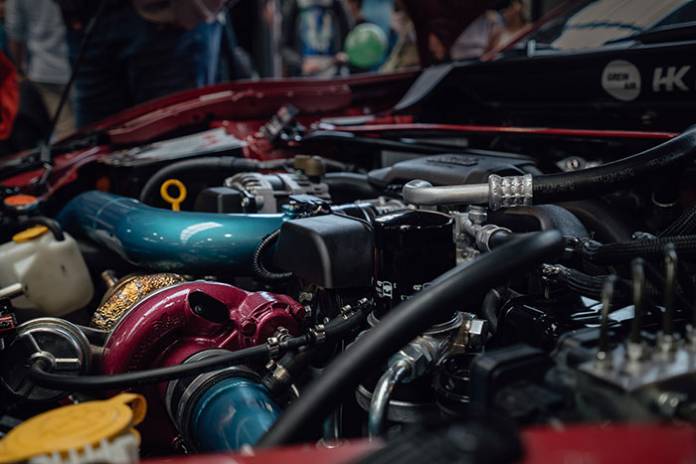
It’s easy to confuse a remanufactured and a repaired turbo. Like any car part, your turbo may need maintenance. However, the variable options for fixing this unit are quite different. Continue reading on to explore some of the differences and key distinguishing factors between the two.
Turbocharger Overview.
If you’re getting your turbo fixed, you probably already know what it is. However, for those who need some refreshing, a turbocharger is an added component of your car’s engine. By having a turbocharger you can increase the compressed air flow by using a turbine that generates power. This is a forced induction device.
Continuing on with this explanation, as you know, (most) cars burn fuel to create power. You’re allowed to create more power because your turbocharger forces excess air to flow through which in turn burns more fuel and adds to the total output energy of your engine. Your turbocharger can add efficiency and power to your vehicle. Signs you may need your turbo replaced include smoke and loss of power when trying to accelerate, loud noises, and constant low oil. If you notice these issues, consider getting your turbo checked by a mechanic.
Remanufactured.
A remanufactured turbocharger is the closest you can get to getting a completely new one. Quality mechanics will inspect the entire turbo for any replaceable parts. If your mechanic decides parts need replacing, they can do so with new parts or certified inspected parts. For example, if you own a Honda, your car might need certified Honda parts. This means that the replacement is approved by these manufacturers before their work’s completion. These remanufactured turbos boast the same power as a brand new turbocharger, but it costs much less than the latter. Remember that when you go for a remanufactured turbo unit, you’re getting the closet equivalent to a new part, but also it’s a sustainable option to reuse these parts cutting down on creation costs for a brand new one.
Repaired.
Repairing a turbocharger is quite different because it’s much more maintenance and based on individual parts. You could need a necessary and thorough cleaning from rust, broken parts, or an entire slew of problems wrong with the external parts of your turbocharger. When you repair it, you fix it, bit by bit, with parts. These parts are not always certified by your manufacturer like they are with remanufactured, so you could run the risk of compromising on quality. However, with expert mechanics you can trust, a repair is still a viable option. Just remember that repairs work best if you’re not concerned with warranties, or if you do not have extensive damages to this component.
Trust the experts.
Before your car experiences irreversible engine damage, consider getting in touch with the experts who understand turbo recondition. The professionals at Sinspeed have on-hand parts and units for commonly owned vehicles. Moreover, if you need a car they do not have directly in stock, they do repairs on practically all vehicles. Sinspeed has trustworthy mechanics with extensive experience with rebuilding and repairing turbos, Most importantly, they do a good job at checking off all of the boxes, ensuring your safety and your engine’s longevity.
Conclusion
When you decide to pursue mechanical assistance for your car engine’s turbo, be sure to contemplate what option is best for you. If you choose a remanufactured unit, you get a warranty, like-new parts, and you help sustainability efforts. If you want to repair parts because your mechanic finds this to be the best fit, trust their professional opinion. Once you get your vehicle’s turbo repaired, you can finally enjoy driving your vehicle knowing that your mechanics have performed reliable work.











